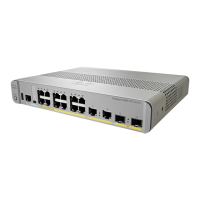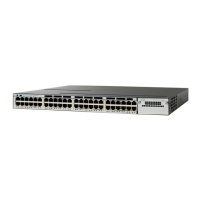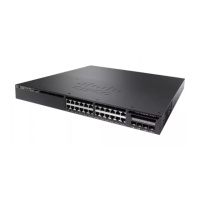Multicast is based on this group concept. A multicast group is an arbitrary number of receivers that join a
group in order to receive a particular data stream. This multicast group has no physical or geographical
boundaries--the hosts can be located anywhere on the Internet or on any private internetwork. Hosts that are
interested in receiving data from a source to a particular group must join that group. Joining a group is
accomplished by a host receiver by way of the Internet Group Management Protocol (IGMP).
In a multicast environment, any host, regardless of whether it is a member of a group, can send to a group.
However, only the members of a group can receive packets sent to that group. Multicast packets are delivered
to a group using best-effort reliability, just like IP unicast packets.
In the next figure, the receivers (the designated multicast group) are interested in receiving the video data
stream from the source. The receivers indicate their interest by sending an IGMP host report to the routers in
the network. The routers are then responsible for delivering the data from the source to the receivers. The
routers use Protocol Independent Multicast (PIM) to dynamically create a multicast distribution tree. The
video data stream will then be delivered only to the network segments that are in the path between the source
and the receivers.
IP Multicast Routing Configuration Guide, Cisco IOS XE Release 3.6E (Catalyst 3850 Switches)
OL-32598-01 23
IP Multicast Routing Technology Overview
Multicast Group Transmission Scheme

